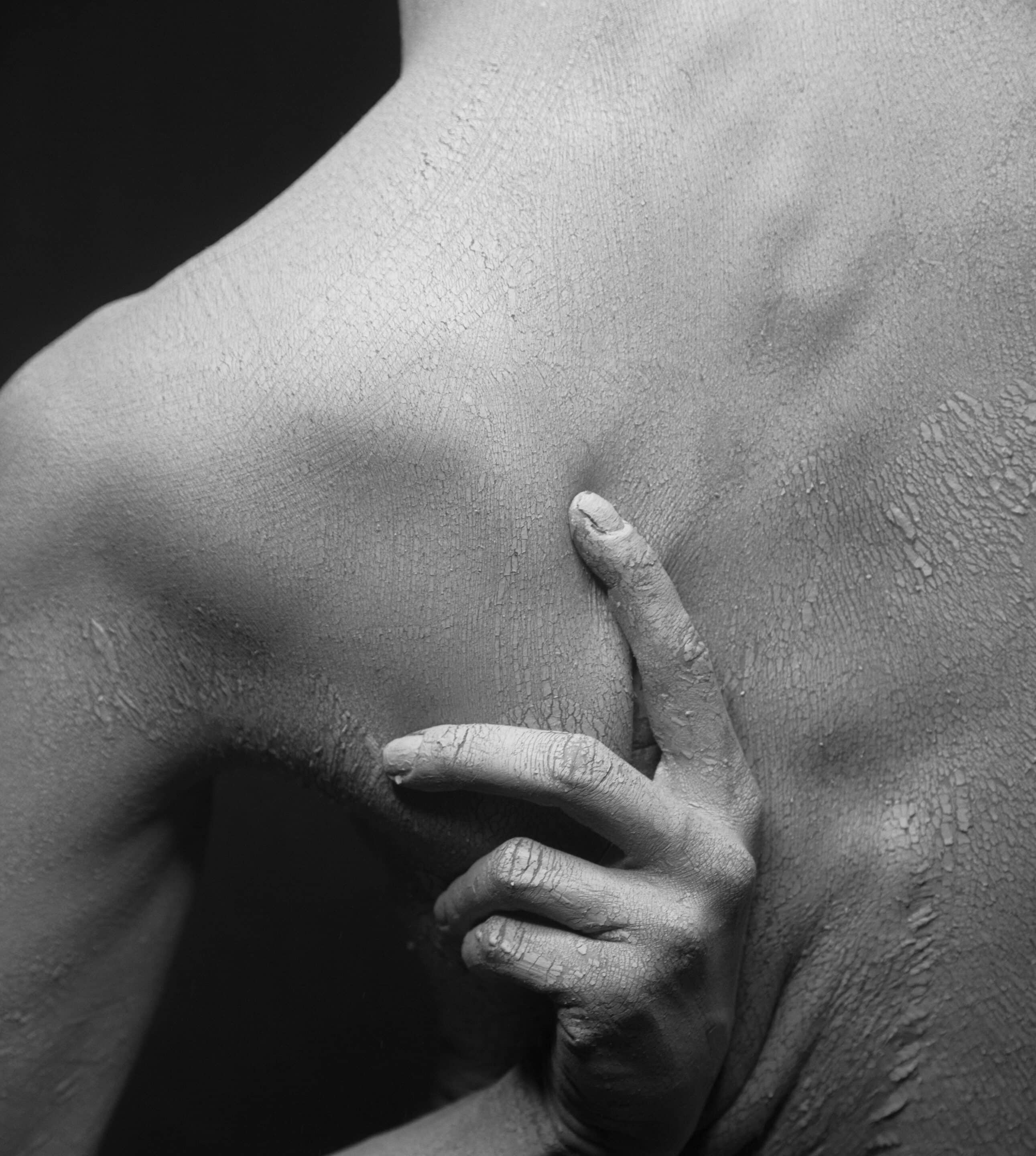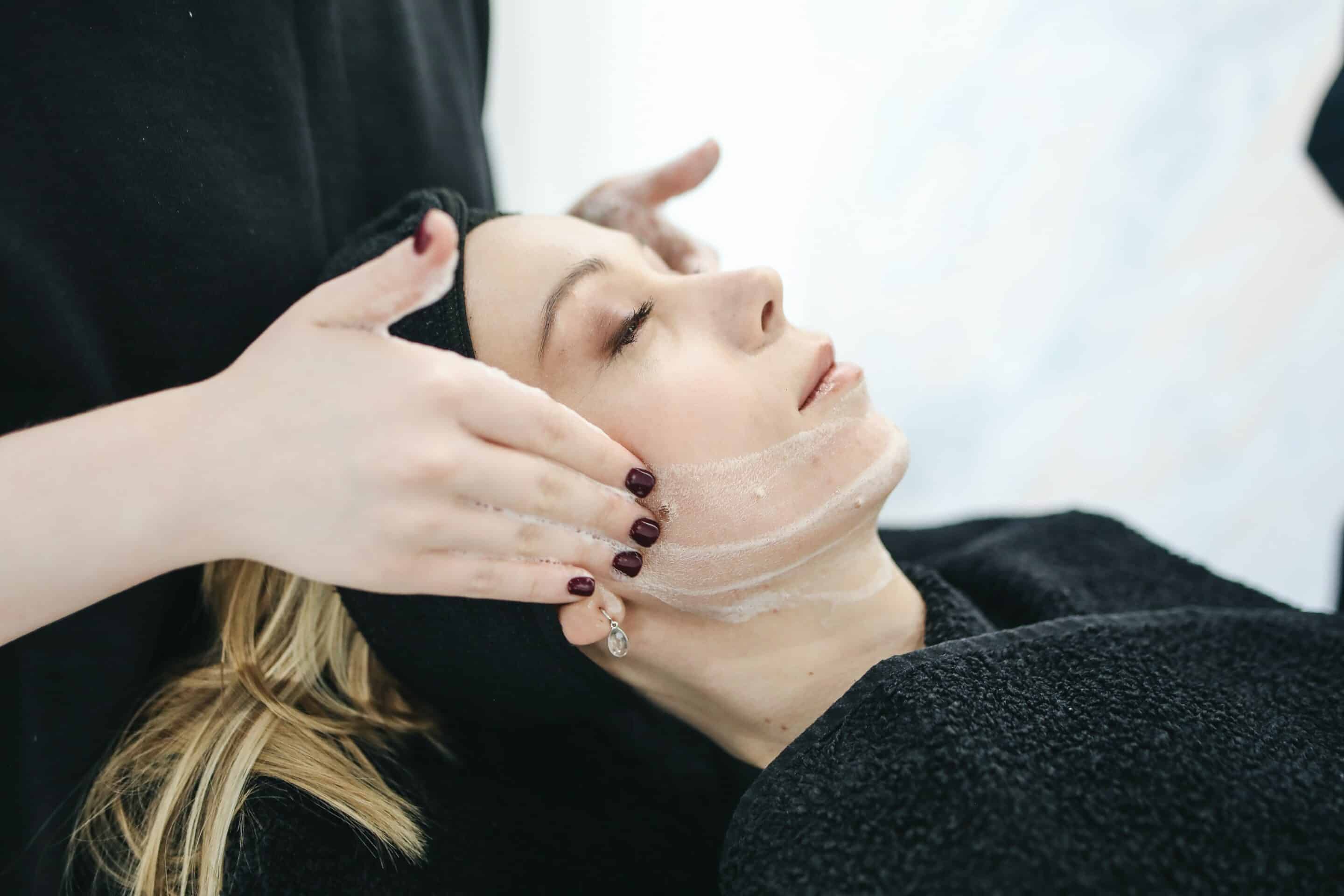
Dry Skin Conditions
Before we dive into how you can prevent developing severely dry skin, let’s discuss common skin conditions that people experience during the drier times of the year.
Eczema and Seborrheic Dermatitis, among other conditions, present themselves when the weather is dry. A dermatologist can identify these for you if you are unsure if you are experiencing them. They will usually prescribe creams and medications to help suppress the effects of the problem areas on your skin. If you take the medication route, you must continue to prioritize natural methods of keeping your skin healthy.

In order to provide a better understanding of these skin conditions, and possibly help you self-diagnose, let’s briefly dive deeper into the details and characteristics of each.
Eczema
According to the National Eczema Association, eczema is an inflammatory skin condition that causes severely dry skin, itchy skin, dry skin patches, rough texture, rash, blisters, and skin infections. Eczema is a complex skin disease that results from a mix of a person’s environment and genes. People who experience eczema tend to have an overactive immune system that responds to environmental triggers or allergens through inflammation on the skin’s surface.
If you begin to experience any of these skin condition during the fall or winter, it’s likely because of the change in weather. A doctor may prescribe you special creams that are made to handle eczema if it develops to an uncomfortable point.
Seborrheic Dermatitis
Seborrheic Dermatitis is a result of persistent eczema, mainly appearing on the body where there are a lot of oil-producing (sebaceous) glands like the upper back, nose, and scalp. This can most commonly be seen through flaky skin on the scalp.

.
Your skin may not react in these ways to the change in moisture in the air. However, it is still important to make several lifestyle changes in your daily routines to take extra care of your skin.
Moisturize
Keeping sufficient amounts of moisture in your skin during the colder months is essential. Nearly everyone forgets to moisturize their skin as much as they should. When washing your hands often, make sure to apply moisturizer to your hands to prevent dry patches and cracking to prevent any open sores.
Moisturizing can come from more than just lotions. Natural oils and petroleum jelly are great alternatives that can provide extra moisture on top of lotion.

Hydrate
Moisturizer can only do so much if your body is not hydrated from within. Intaking sufficient amounts of water helps your body flush its system and prevent dehydration which can take a toll on your skin. It is recommended that men drink 15.5 cups or 124 ounces of water per day, and women drink 11.5 cups or 92 ounces per day to be properly hydrated.

Switch Skin Care Products
Our summer skin calls for different levels of moisture than our fall skin. You made need to swap around your skin care products for a thicker moisturizer, a more gentle cleanser, and an excellent exfoliating toner.

Invest in a Humidifier
It is important to look for extra ways to add moisture where you can. When humidity leaves the air without our control, we luckily have the option to add it back in! If you have an interest in taking an extra step, sleeping with a humidifier in your room can help prevent more moisture from leaving your skin.

Pro tip: Add essential oils into the water tank of your humidifier before turning it on to relax and make it feel like you are in a spa.
Foothills Med Spa
Take extra care of your skin and invest in a HydraFacial at Foothills Med Spa! Our HydraFacial MD has a four-step process that cleanses, exfoliates, extracts, and hydrates your skin, leaving you feeling refreshed without the pain of traditional treatments.

Visit our website today to learn more, and book an appointment with us today!

